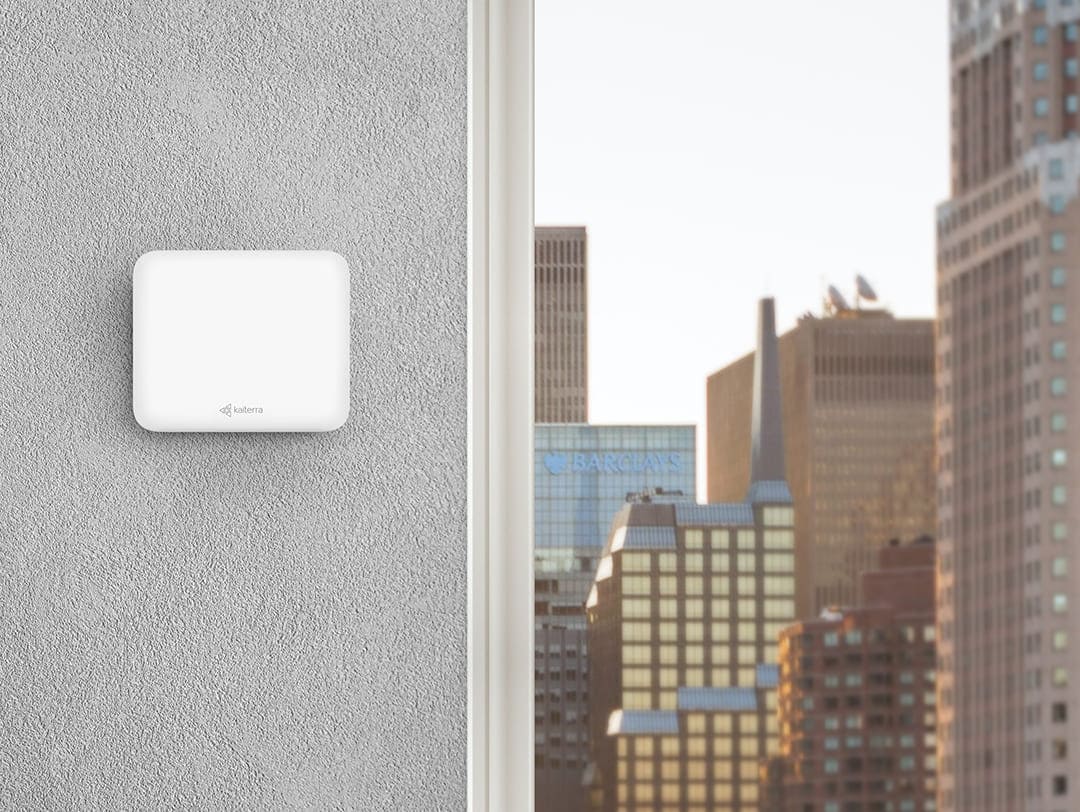Newsletter
So, you’re thinking of getting a CO2 monitor. Awesome! You will breathe easier knowing CO2 isn’t slowing you down. However, there are many monitors out there. Some will fit your needs exactly while others will miss the mark entirely.

With so many choices, how do you choose the best monitor for your needs?
Luckily, you can use some important criteria to decide which monitor is best for you. From technical specifications to the design of the device itself, there are some key things to look for before making your decision.
Accuracy With High Resolution
Accuracy is the most essential thing to consider when getting a CO2 monitor. After all, you want the device to monitor CO2. If it doesn’t do that correctly, what’s the point of having it?
Your device should guarantee accurate readings with proper resolution. Accuracy, to clarify, is how close the instrument’s reading is to the actual value. In the context of CO2 monitoring, an accurate device will give you readings very close to the correct amount of CO2 in the air with a small window of possible values.
Resolution refers to the closeness the device can get to the measurement. For example, if your device can measure and display readings down to 10ppm, then the resolution would be 10. This is important because it can give you more specific information about the CO2 content of your air. If the resolution on your device is only 100, then the device could be rounding your readings up or down by a significant amount.
If your device has poor accuracy and resolution, you may not really know the real level of CO2. Even worse, the device could give you a false sense of security. You may be affected by CO2 without even knowing it and would not know to take steps to lower carbon dioxide levels in your home. Investing in an accurate monitor with higher resolution will provide you with not only quality information about your air, but also the peace of mind you need.
Ease of Use
Customizability
Your device should be easy for you to use right off the bat. Some monitors will include personalization options, including localized AQI information and language preferences. You should be able to easily establish preferences and be able to update those preferences later.
At-a-glance readings
Being able to interact directly with your device is also very useful. Some devices do not have a screen, which can make troubleshooting and accessing your readings more tricky.
A personal CO2 monitor should have a good screen that you can use to view your readings from across the room. Color coding is especially helpful; even if you can’t see the exact reading, you can know if levels are harmful or not with just a glance. Many people also prefer to have an optional night mode so they can view their readings at night without disturbing their sleep.
Portability
Portability is an essential feature for CO2 monitors and can set some monitors apart. Because the primary driver of indoor carbon dioxide levels is the exhalation from humans, you need to be able to bring the monitor to the people.

Your device needs to be able to go where the carbon dioxide is.
If you are holding a dinner party, a monitor in your living room won’t do you much good if you host it in the dining room. Similarly, a kitchen monitor won’t tell you anything about how CO2 levels affect you while you sleep.
If you have a portable monitor, you can use your monitor where it is needed most. If you move homes, as well, you can just bring your monitor with you instead of purchasing a new one. Overall, a portable monitor is much more useful to you and will give you more bang for your buck.
Aesthetic
Because your monitor will be visible to you a lot of the time, you don’t want something that will stick out like a sore thumb. Your device should have an excellent design that you find appealing, and that will blend into the rest of your home furnishings. You definitely don’t want to feel like you should hide your monitor when guests come over as that’s when the CO2 levels will likely increase.

Your monitor should take up minimal space in your home.
Similarly, you don’t want to have to clear off an entire shelf to fit your new monitor. Nowadays, CO2 monitoring devices are small and light, and they should take up minimal space in your home. When looking for a CO2 monitor, spend time deciding what your space requirements are and what design you would like to see in your home.
Holistic Readings
Carbon dioxide is not the only harmful substance in the air. PMs, or particulate matter, are small pieces of dust that can get into your lungs, blood, and even brain. They are very dangerous, but they can be tracked with an indoor air quality monitor. Similarly, humidity is essential to monitor for asthmatics. Humidity can exacerbate asthma symptoms and can be used to measure the risk of mold in your home.
Some CO2 monitors exclusively check CO2. However, some monitors can monitor both particulate matter and humidity alongside CO2, providing you and your family with holistic information on the air in your home. You can use this information to make better choices about the air in your home as a whole.
Data Tracking and Notifications
CO2 cannot be detected using your senses. Without a monitor, you can’t know the actual level of carbon dioxide in the room.

Without a device to track it, you can’t know the CO2 levels while you sleep.
However, with some monitors, you have to be able to see the reading to do anything about elevated CO2 levels in your home. This is impossible when you are asleep. A CO2 monitoring device that saves your data and connects it to an easy-to-use interface, such as an app, can provide insight into CO2 levels in your home even when you can’t see the monitor directly. Then, armed with this information, you can make changes to protect yourself from high CO2 levels.
Some devices also let you set notifications on the app that will notify you when your CO2 levels reach a particular concentration. This is especially important for parents; you may not be home to view the readings or have time to check them on your phone. Notifications will keep you from forgetting about CO2 during your busy day and protect you and your family from unintended exposure to high levels.
Home Automation
A bonus qualification that you can look for in CO2 monitors is smart home connectivity. Some monitors, like the Laser Egg+ CO2, will connect to home automation networks like IFTTT and Apple HomeKit. This can make everything in your home run smoothly as one personal system, and help you track CO2 levels on the go.
In summary, when you are looking for a CO2 monitoring device, you should look out for:
- Accuracy & resolution
- Screen & customizability
- Portability
- Aesthetic & design
- Holistic pollution data
- Data tracking and apps
- Home automation compatibility
What to learn more about carbon dioxide? Check out our guide!






.png?width=200&height=148&name=Menu%20C%20(2).png)

.png)





